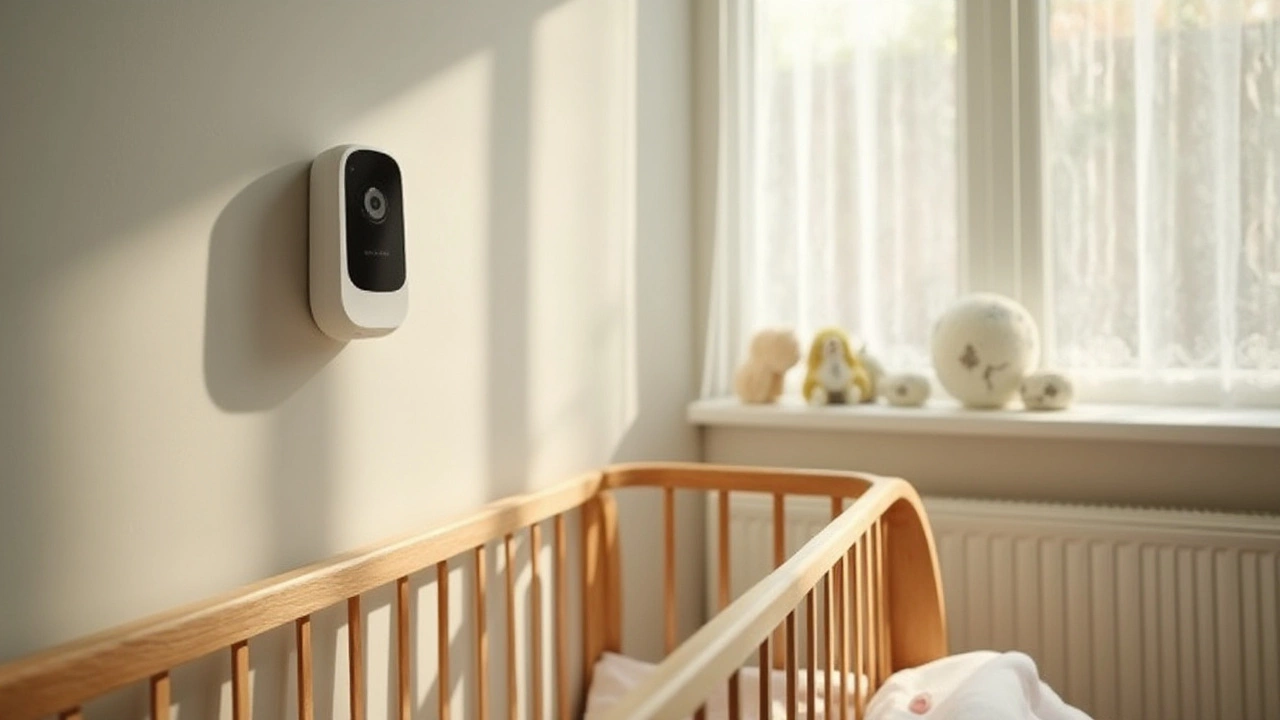Choosing a baby monitor can feel like a full‑time job. One moment you’re scrolling through endless specs, the next you’re wondering if the device will actually keep your child safe. The good news? You don’t have to be a tech wizard to pick a solid monitor. In this guide we’ll break down the key features, compare WiFi and non‑WiFi models, and point you to the top picks that really work for families today.
WiFi monitors are popular because they let you watch your baby from anywhere on your phone. That convenience comes with a trade‑off: a constant internet connection can be a doorway for hackers. If someone breaches your network, they could potentially view the video feed or even talk through the speaker.
Non‑WiFi monitors operate on a closed radio frequency (RF) band. They don’t need a home network, so there’s no remote hack risk. The downside is limited range – usually 300‑500 feet – and you can’t check the feed when you’re out of the house. For many parents, the extra peace of mind outweighs the lack of remote access.
When you decide which type fits your lifestyle, ask yourself three questions: Do you need to check on your baby while you’re at work or in another room? Are you comfortable securing your WiFi with a strong password and two‑factor authentication? And finally, how much does EMF exposure matter to you? Non‑WiFi models typically emit less radio energy, which some families prefer.
We’ve sifted through dozens of reviews, user feedback, and expert tests to land on the best options for this year.
All of these models work well with Total Security Solutions’ home monitoring services. If you already have a security camera system, you can integrate a baby monitor into the same app, giving you a single view of everything that matters.
Before you buy, check the battery life, look for end‑to‑end encryption, and read the fine print on cloud storage. Some monitors store video locally on a microSD card, which eliminates monthly fees and reduces privacy concerns.
Finally, remember that a monitor is just one part of a safe nursery. Keep cords out of reach, use a sturdy crib, and always follow the manufacturer’s safety guidelines. With the right monitor and a few simple precautions, you can relax knowing your little one is under watchful eyes – whether you’re in the next room or across town.

Baby monitors have become essential for modern parenting, providing peace of mind by keeping tabs on sleeping infants. This article delves into whether all baby monitors need to be plugged in, exploring the evolution of wireless technology in monitor systems. It's crucial to understand the benefits and limitations of both plugged and portable options to make informed decisions. Emphasis is placed on understanding the diverse needs of families when choosing the right baby monitor.